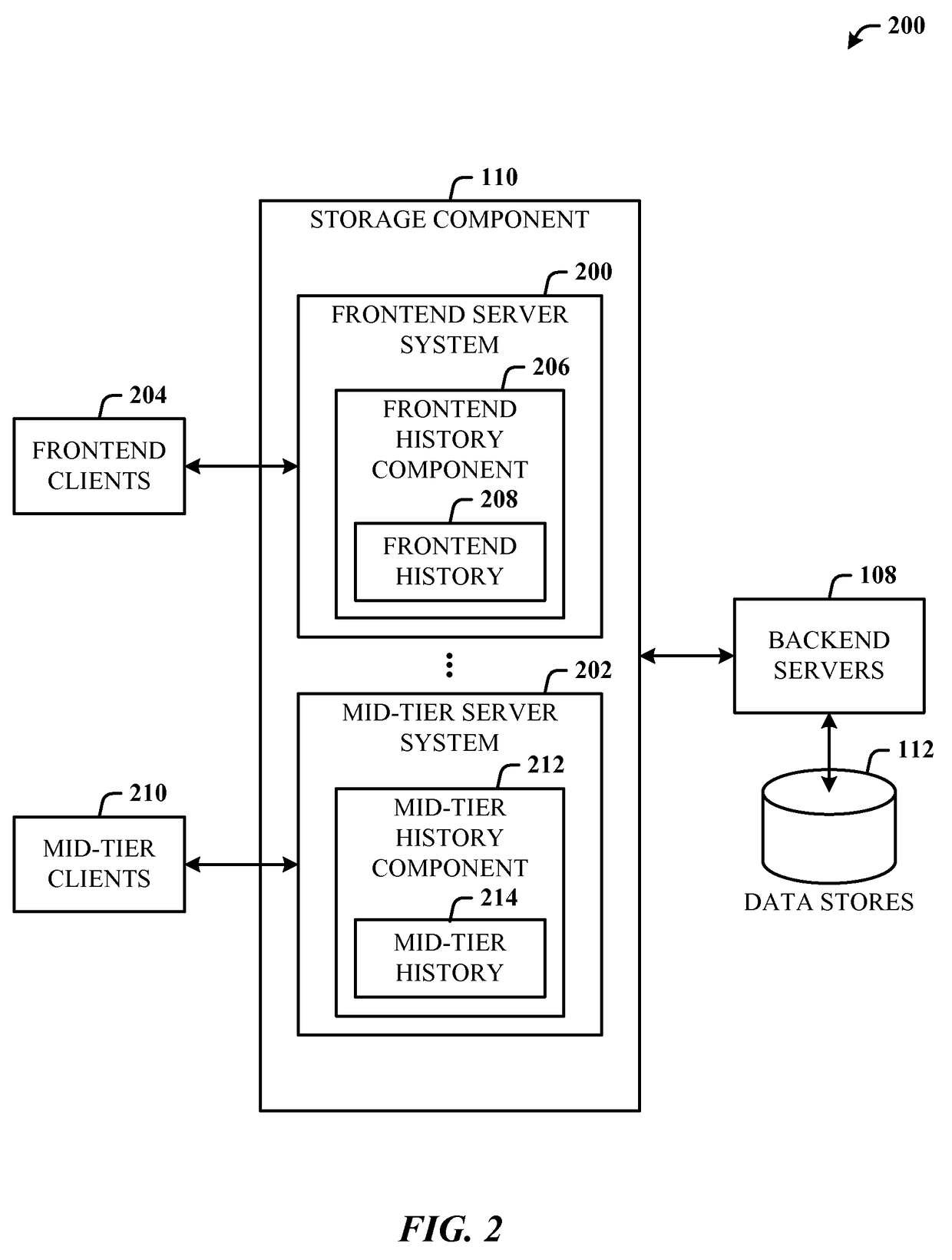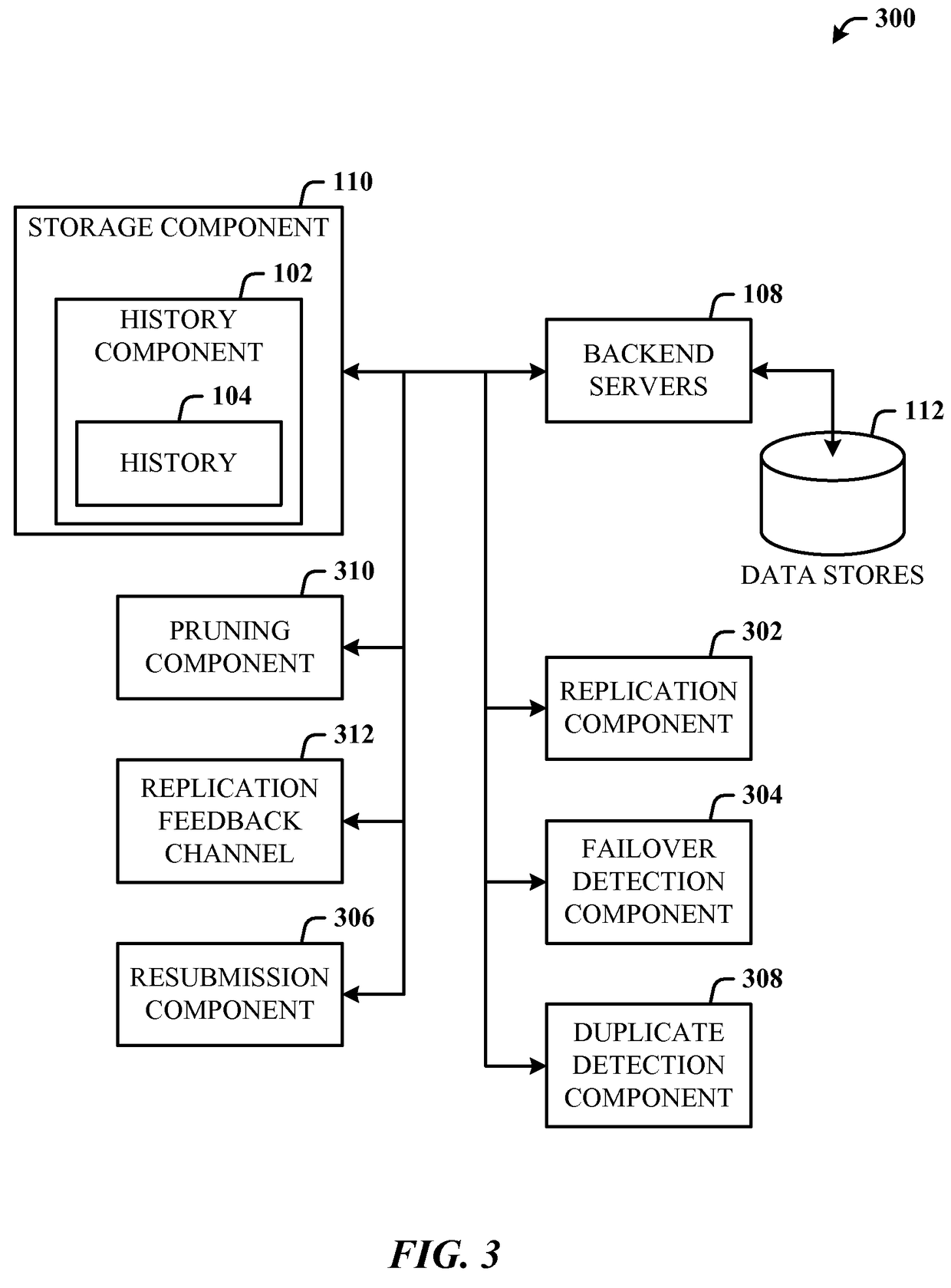Minimizing data loss in asynchronous replication solution using distributed redundancy
a technology of distributed redundancy and asynchronous replication, applied in the field of minimizing data loss in asynchronous replication solutions using distributed redundancy, can solve the problems of user data loss, user data loss, and user tradeoff, so as to facilitate automatic detection of lossy failover, reduce data loss, and facilitate asynchronous replication of data.
- Summary
- Abstract
- Description
- Claims
- Application Information
AI Technical Summary
Benefits of technology
Problems solved by technology
Method used
Image
Examples
Embodiment Construction
The disclosed architecture relates to a computer-implemented data replication system that reduces data loss resulting from failover in an asynchronous log shipping operation. For example, in an asynchronous log shipping operation in a messaging embodiment, messaging data is asynchronously replicated to backend servers in accordance with one or more replication operations, which can be updates to databases on the backend server. For example, these databases can be associated with messaging data, such as email address books, mailboxes, etc.
Reference is now made to the drawings, wherein like reference numerals are used to refer to like elements throughout. In the following description, for purposes of explanation, numerous specific details are set forth in order to provide a thorough understanding thereof. It may be evident, however, that the novel embodiments can be practiced without these specific details. In other instances, well known structures and devices are shown in block diagr...
PUM
 Login to View More
Login to View More Abstract
Description
Claims
Application Information
 Login to View More
Login to View More - R&D
- Intellectual Property
- Life Sciences
- Materials
- Tech Scout
- Unparalleled Data Quality
- Higher Quality Content
- 60% Fewer Hallucinations
Browse by: Latest US Patents, China's latest patents, Technical Efficacy Thesaurus, Application Domain, Technology Topic, Popular Technical Reports.
© 2025 PatSnap. All rights reserved.Legal|Privacy policy|Modern Slavery Act Transparency Statement|Sitemap|About US| Contact US: help@patsnap.com



